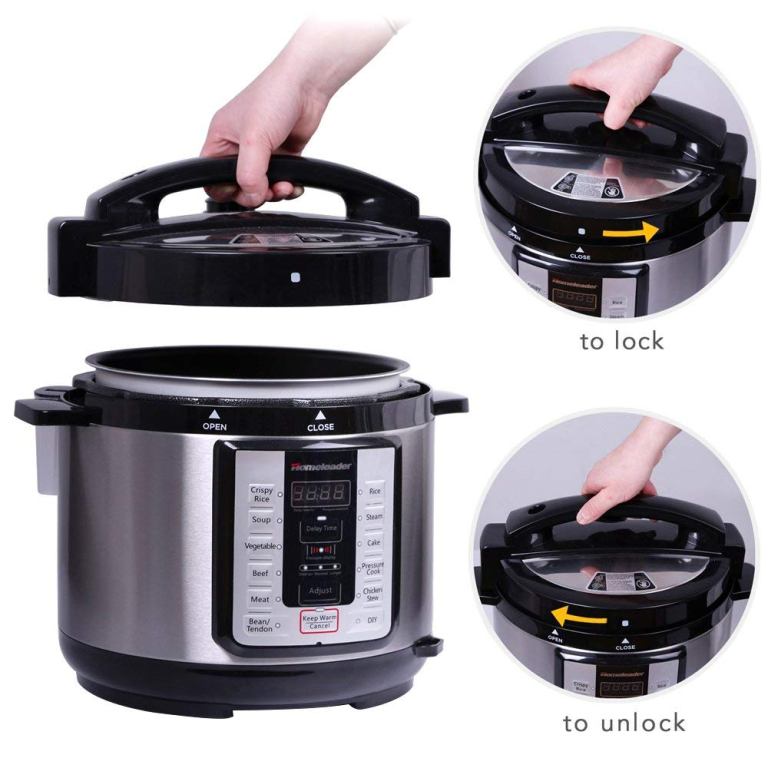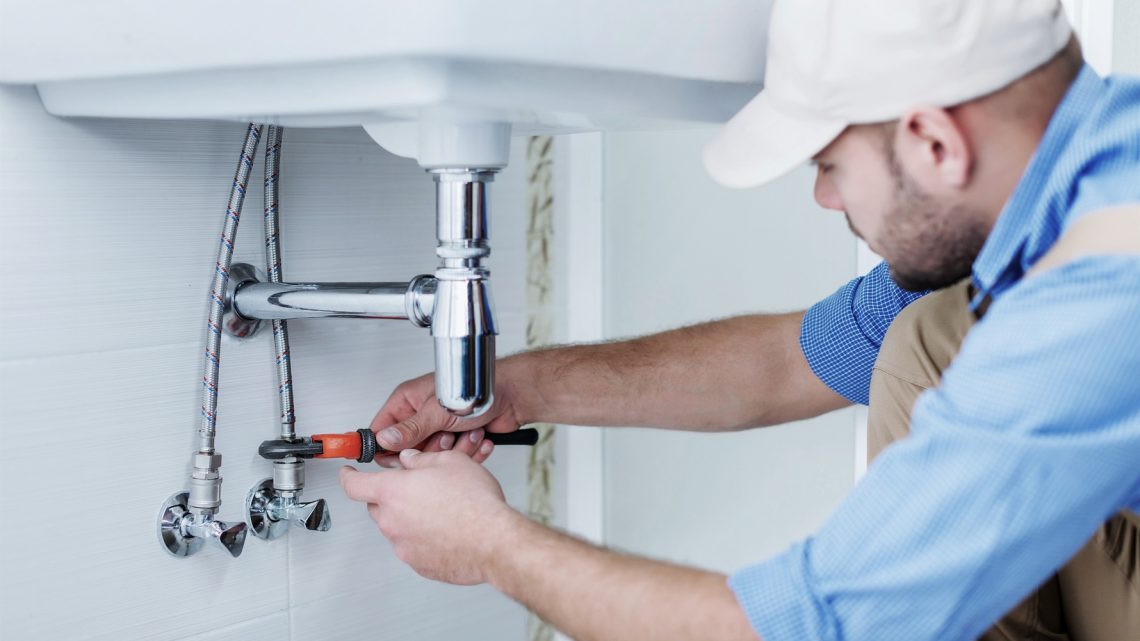If you have ever used a pressure cooker in your kitchen, then you appreciate how valuable this appliance is. From saving energy to saving time, a pressure cooker is a true masterpiece that should be in every kitchen today especially if you find our modern fast-paced and expensive life to be a challenge to you.
That said, your appliance as with all others does require proper cleaning, maintenance and storage but this can be a challenge to many people especially the first part. One of the biggest problems with pressure cookers is that even after washing; chances of getting a bad odour are always high especially if you cook some types of foods such as cereals and fish.
On the other hand, food is likely to stick on the inside while soups could spill over and these are hard to remove. However, it’s possible to keep your appliance looking sparkling clean and without the odourif you take the right approach. On top of that, storing your pressure cooker is also an important art you should learn in order to maintain it in good condition.
This article will discuss the best steps to take when cleaning, maintaining and storing your pressure cooker. Please, continue reading.
How to deal with sticky mess
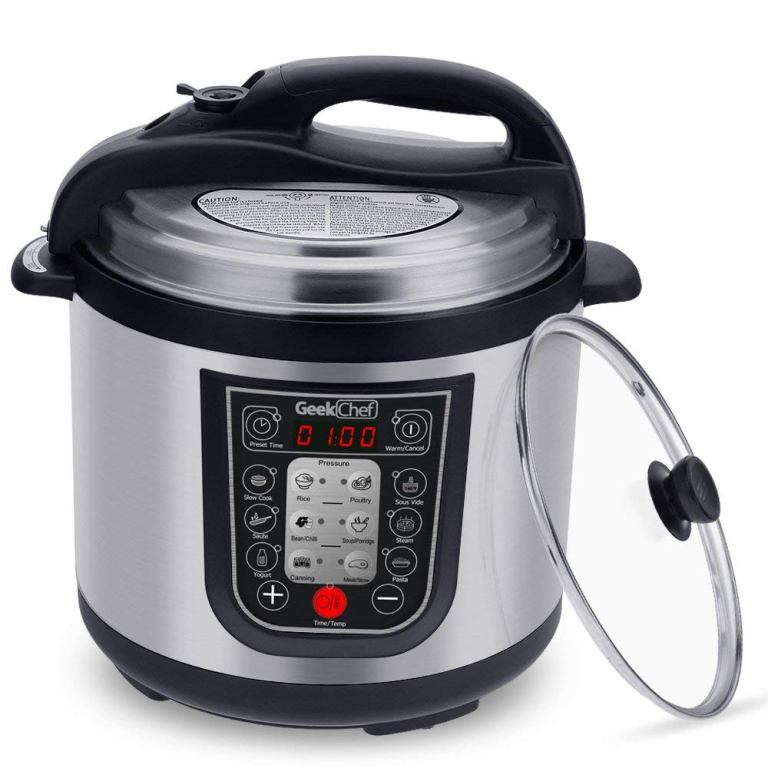
Food gets stuck on your pressure cooker and this might be a common problem you’ve witnessed. When it comes to this, many people get tempted to scratch the particles off using a spoon or some other materials and this is wrong from all angles.
The best approach to take is to fill your pressure cooker with water to make sure the sticky particles are submerged and then add some plain white vinegar. Boil the mixture while the pot is uncovered and then put off the fire.
You may choose to add a teaspoonful of baking soda into the mixture and leave it to cool such that you can easily clean the mess with your bare hands. The sticky particles will easily come out without any struggle.
Cleaning the small parts
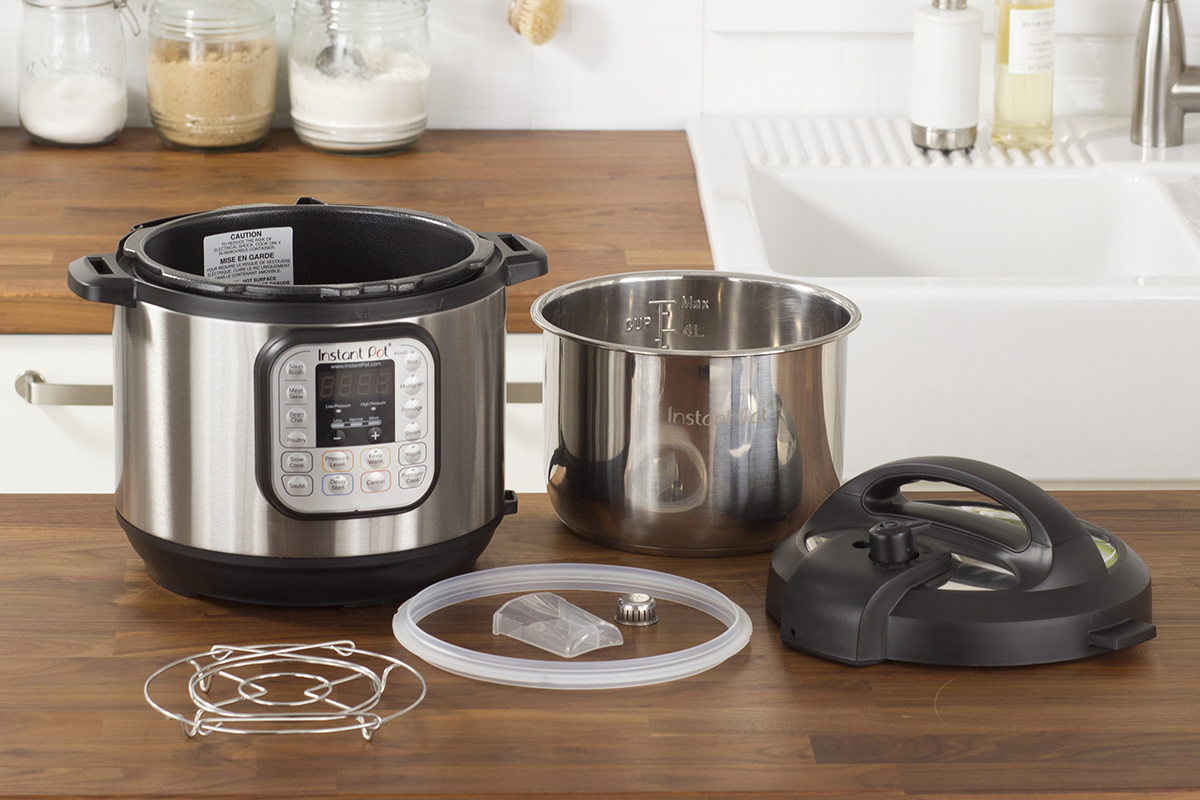
Pressure cookers have small parts that need cleaning and proper care throughout their lifespan. Pressure cooker gasket is one of those parts and this is made of rubber material and its work is to help keep the steam and heat trapped inside the pot for faster cooking.
As is to be expected, this rubber normally becomes loose with time but you should keep a closer eye on it to see whether there are any damages or cracks. In case there’re some, then it might be the time to do a replacement. You can also prolong the lifespan of the pressure cooker gasket by cleaning it regularly and then applying some vegetable oil on it. This keeps it soft and prevents cracking.
The valve is also another important part of the pressure cooker and this requires cleaning in order to keep it in good, performing shape. The valve can get clogged and this will result in leakage if not cleaned properly.
The steam discharge tube should also be cleaned thoroughly to ensure no food particles are clogging it. This can be done by simple washing with warm water and then blowing through with your mouth when the lid isn’t hot.
Don’t use harsh cleaning agents
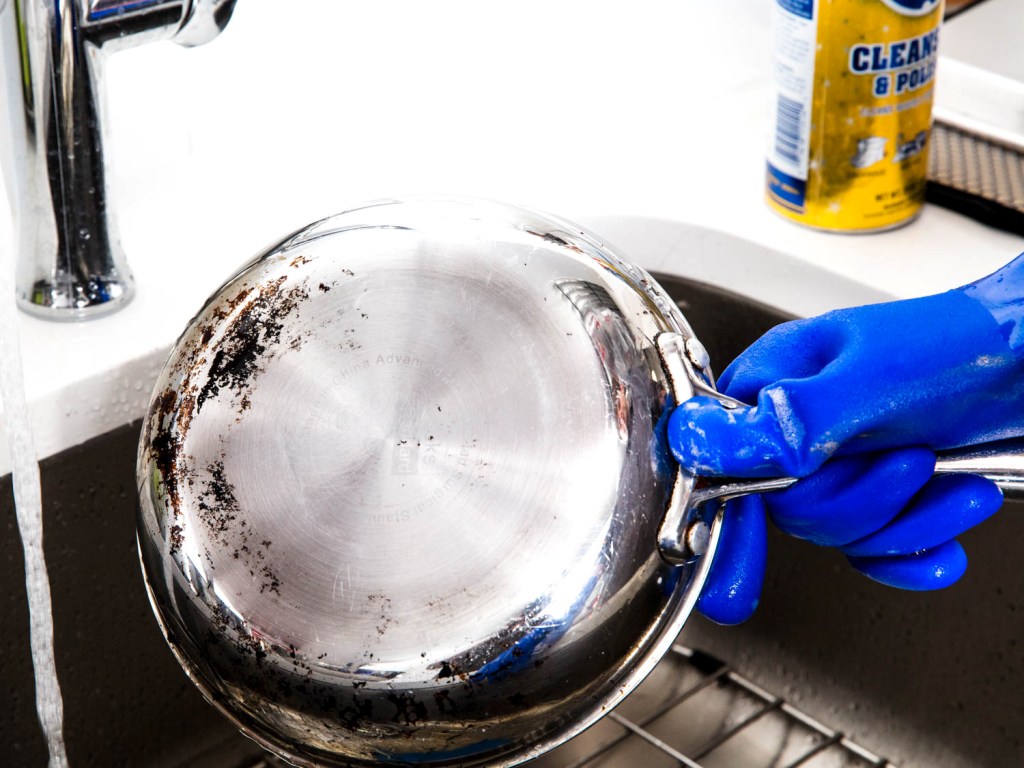
When cleaning your pressure cooker, always avoid using harsh cleaning agents. Most pressure cookers today are dishwasher friendly and this is something you should confirm when buying especially if you are interested in cleaning yours that way.
You can always read the instructions provided with the appliance to avoid making any mistakes. That said, it is important to avoid benzene or chlorine-based cleaning agents but instead use vinegar or baking soda.You should also avoid using scrubbing materials that are abrasive and instead use a gentle sponge.
It is advisable that your pressure cooker should be cleaned immediately after use. This will help prevent against bacteria build-up resulting from food residues. As usual, food left for a long period will start rotting and this will also affect the smell of your pressure cooker. Once your pressure cooker is clean, it is important to dry it completely to avoid bacteria growth.
Storing the Pressure Cooker
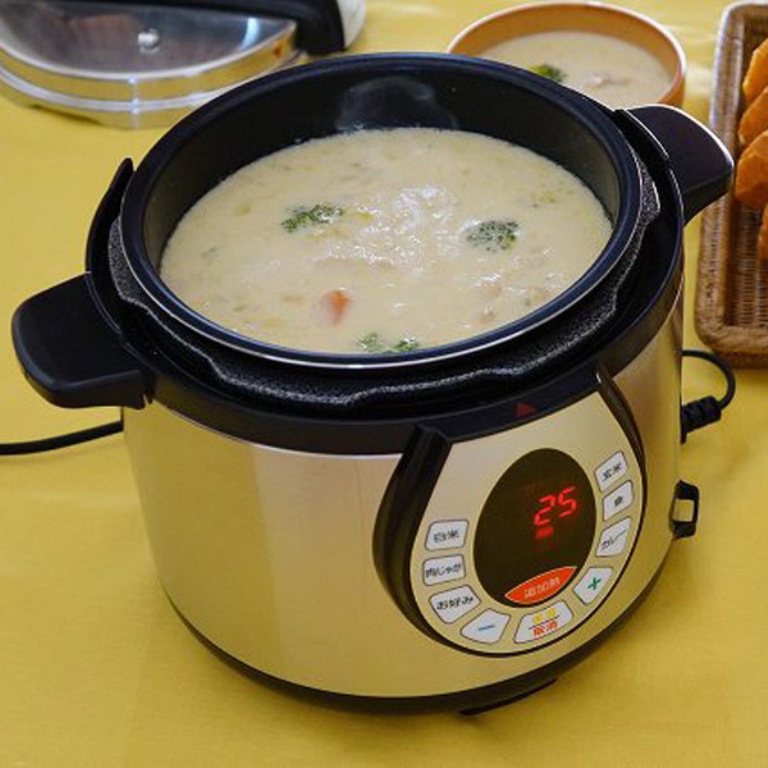
Always store the pressure cooker in a dry, clean place but don’t cover it with the lid. Each part should be stored separately if possible. Make sure to check the condition of the knobs, gasket and handle/s regularly to see whether there are any damages or loose parts. Loose parts should be tightened and those that are damaged replaced for safety purposes.
Final Words
It’s worth noting that different pressure cookers have different cleaning methods and this is something you should note. Electric pressure cookers should be cleaned with care to prevent the damage of the electrical components which are likely to be affected by excess water. That said, reading pressure cooker reviews is always important before making your purchase as this allows you to know what kind of an experience others have had with the appliance.

